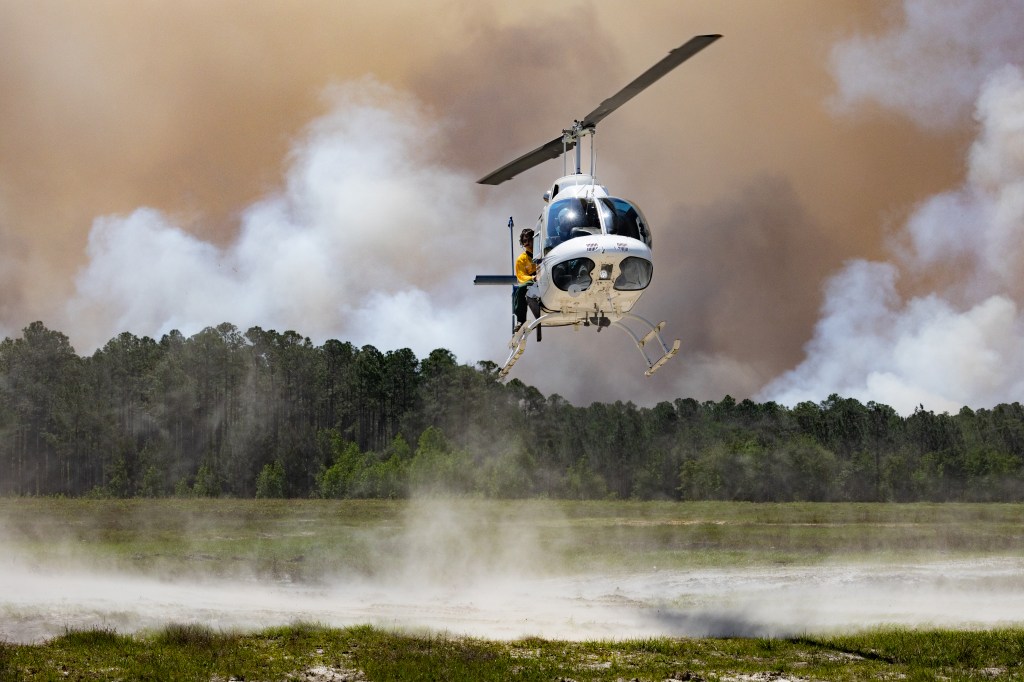Science for Everyone Stories
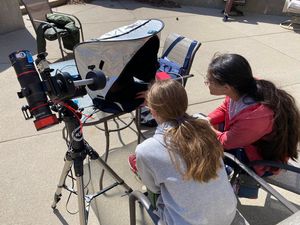
Eighty-two volunteer teams with the Dynamic Eclipse Broadcast (DEB) Initiative spent the day spread across North America, observing the eclipse with telescopes, collecting a massive dataset of images, and developing software to process it.
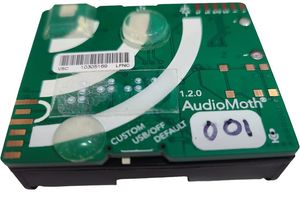
The NASA Science Activation project Eclipse Soundscapes (ES), led by ARISA Lab in Medford, Massachusetts, helps learners of all ages explore NASA science through multisensory learning and participatory science opportunities. In the weeks surrounding the 2023 annular solar eclipse and…
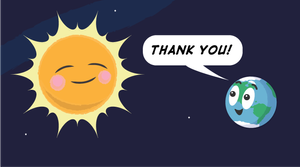
This Thanksgiving, we’re grateful for you!

NASA’s International Astronomical Search Collaboration (IASC) team has just introduced a new online project on the Zooniverse platform where you can help astronomers identify new asteroids.
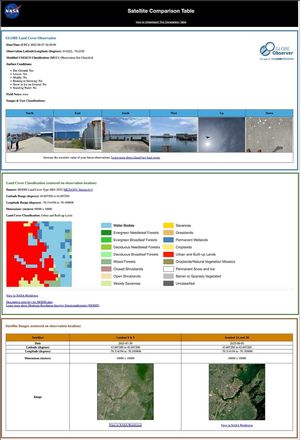
A group of elementary-aged students gather outside of Oldham County Public Library in La Grange, Kentucky, United States to look at clouds in the sky. “If anyone asks what you are doing, tell them, ‘I am a citizen scientist and…

NASA's Toolkit for Librarians can help you share NASA citizen science opportunities with your patrons and community members. Rural and urban libraries, informal educators, youth group leaders, and retirement community coordinators can all benefit from this resource. Together, we can…
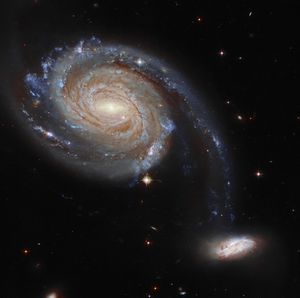
Join the Rubin Comet Catchers project, and help scientists discover comets and other active objects in our solar system! The Rubin Comet Catchers project invites you to examine early images from the NSF-DOE Vera C. Rubin Observatory, funded by the…
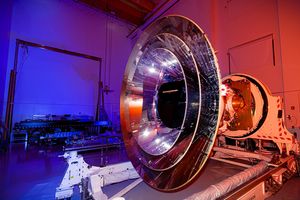
NASA has selected 10 new citizen science proposals for funding in 2025. These selections provide a preview of what’s coming next for NASA citizen science. Note that these investigations are research grants: some of them will result in new opportunities…
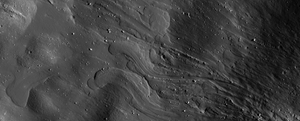
When asteroids hit the Moon, the impacts carve out craters and with enough energy and pressure, melt parts of the rocky surface. Often, the white hot, gooey melt (it’s like lava, except that it doesn’t erupt from underground) sloshes around…
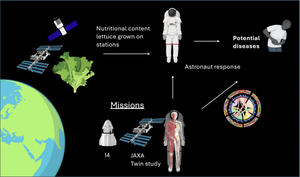
Missions to the Moon and Mars pose nutritional challenges for astronauts, but volunteers from NASA’s Open Science Data Repository Analysis Working Groups (OSDR-AWG) are working together to analyze data on astronaut health. The Analysis Working Groups examine biomedical data from…









